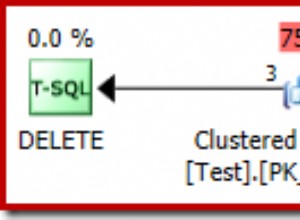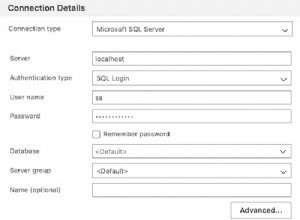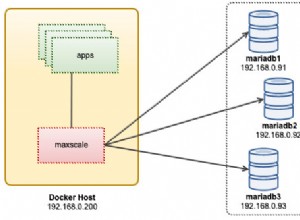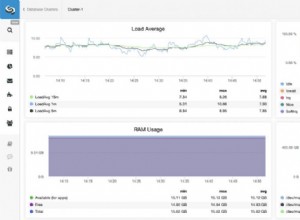Wiele do jednego (produkty mogą mieć tylko jeden sklep)
create table store(
id int unsigned not null auto_increment,
store_name varchar(30) not null,
primary key(id)
);
Query OK, 0 rows affected (0.02 sec)
create table product(
id int unsigned not null auto_increment,
store_id int unsigned not null,
product_name varchar(30) not null,
price float not null,
primary key(id),
constraint product_store foreign key (store_id) references store(id)
);
Query OK, 0 rows affected (0.02 sec)
Wiele do wielu (produkty mogą znajdować się w wielu sklepach)
create table store(
id int unsigned not null auto_increment,
store_name varchar(30) not null,
primary key(id)
);
Query OK, 0 rows affected (0.04 sec)
create table product(
id int unsigned not null auto_increment,
store_id int unsigned not null,
product_name varchar(30) not null,
price float not null,
primary key(id)
);
Query OK, 0 rows affected (0.01 sec)
create table product_store (
product_id int unsigned not null,
store_id int unsigned not null,
CONSTRAINT product_store_store foreign key (store_id) references store(id),
CONSTRAINT product_store_product foreign key (product_id) references product(id),
CONSTRAINT product_store_unique UNIQUE (product_id, store_id)
)
Query OK, 0 rows affected (0.02 sec)




